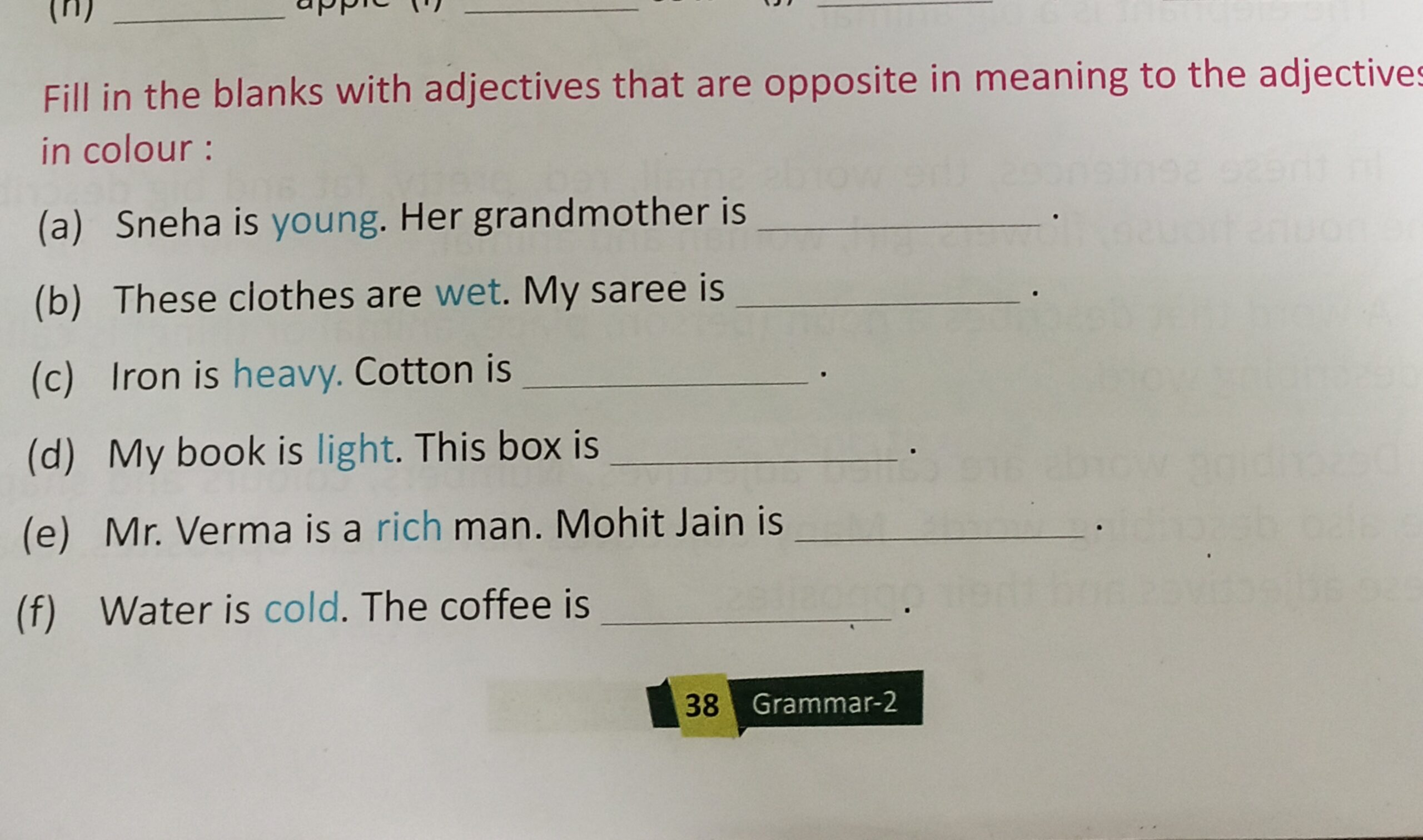When it comes to communication, sometimes there are gaps that need to be filled in order to fully understand a message. This is where the concept of “filling in the blanks” comes into play. By providing missing information or context, individuals can grasp the intended meaning behind a statement, conversation, or text.
Whether it’s completing a sentence, deciphering a cryptic message, or interpreting nonverbal cues, the ability to fill in the blanks is crucial for effective communication. It requires active listening, critical thinking, and empathy to bridge the gaps and ensure clarity in interactions.
The Meaning of Filling in the Blanks
When faced with incomplete information, individuals must rely on their cognitive abilities to make sense of the situation. Filling in the blanks involves using context clues, prior knowledge, and intuition to infer what is missing and arrive at a logical conclusion. This process is not always straightforward and may require creativity and flexibility in thinking.
Moreover, filling in the blanks can also refer to completing tasks or projects where certain details are unspecified or unknown. It involves problem-solving skills and resourcefulness to fill the gaps and achieve the desired outcome. This ability is especially valuable in ambiguous or uncertain situations where clarity is essential.
In a broader sense, filling in the blanks can also apply to personal growth and self-discovery. By reflecting on past experiences, identifying patterns, and connecting the dots, individuals can fill in the gaps in their understanding of themselves and others. This introspective process can lead to greater self-awareness, emotional intelligence, and personal development.
Overall, the concept of filling in the blanks emphasizes the importance of active engagement, critical thinking, and open-mindedness in communication and problem-solving. By approaching situations with a willingness to fill in the missing pieces, individuals can enhance their understanding, build stronger connections, and navigate challenges more effectively.
In conclusion, filling in the blanks is not just about completing sentences or solving puzzles—it’s about making sense of the world around us and fostering deeper connections with others. By honing this skill, individuals can enrich their communication, decision-making, and personal growth, ultimately leading to a more fulfilling and meaningful life.
